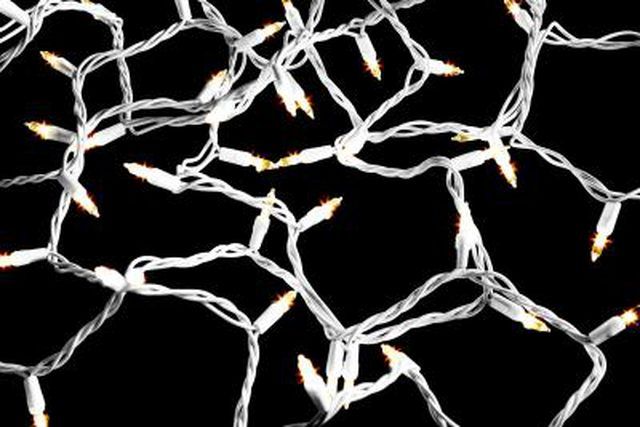Bulbs
Flower Basics
Flower Beds & Specialty Gardens
Flower Garden
Garden Furniture
Garden Gnomes
Garden Seeds
Garden Sheds
Garden Statues
Garden Tools & Supplies
Gardening Basics
Green & Organic
Groundcovers & Vines
Growing Annuals
Growing Basil
Growing Beans
Growing Berries
Growing Blueberries
Growing Cactus
Growing Corn
Growing Cotton
Growing Edibles
Growing Flowers
Growing Garlic
Growing Grapes
Growing Grass
Growing Herbs
Growing Jasmine
Growing Mint
Growing Mushrooms
Orchids
Growing Peanuts
Growing Perennials
Growing Plants
Growing Rosemary
Growing Roses
Growing Strawberries
Growing Sunflowers
Growing Thyme
Growing Tomatoes
Growing Tulips
Growing Vegetables
Herb Basics
Herb Garden
Indoor Growing
Landscaping Basics
Landscaping Patios
Landscaping Plants
Landscaping Shrubs
Landscaping Trees
Landscaping Walks & Pathways
Lawn Basics
Lawn Maintenance
Lawn Mowers
Lawn Ornaments
Lawn Planting
Lawn Tools
Outdoor Growing
Overall Landscape Planning
Pests, Weeds & Problems
Plant Basics
Rock Garden
Rose Garden
Shrubs
Soil
Specialty Gardens
Trees
Vegetable Garden
Yard Maintenance
DIY Warming Tray for Seed Starting
DIY Warming Tray for Seed Starting. For at-home seed starters, the simplest and most conventional tool to warm seedlings as they sprout and grow is an electric seed-warming mat, available from most garden supply retailers. However, hobby gardeners can fashion a homemade seed-warming tray from items that are more than likely in storage for the...

For at-home seed starters, the simplest and most conventional tool to warm seedlings as they sprout and grow is an electric seed-warming mat, available from most garden supply retailers. However, hobby gardeners can fashion a homemade seed-warming tray from items that are more than likely in storage for the majority of the year.
Things You'll Need
String of Christmas lights or decorative cable lights
Programmable thermostat
5 pounds of builder-grade sand
Plastic tray or shallow storage container
Arrange one or more strings of Christmas lights in the bottom of a plastic seed tray, ensuring that the outlet ends remain outside the edges of the tray.
Fill the tray with sand while holding down the lights. Most of the lights and plastic cabling should be covered and the tray full to the edge with sand, though the plug ends should remain free of sand.
Plug the light strands into a programmable thermostat, setting it to switch on and off automatically to maintain the desired temperature for seed starting. Most plants germinate best between 60 and 80 degrees Fahrenheit, but prefer lower temperatures after sprouting.
Place seedling trays directly on top of the sand tray. The sand will distribute heat from the lights evenly and create a uniform heated surface.
Tips & Warnings
As an alternative to using Christmas lights and sand, a small heating pad set at the lowest temperature setting can also be used as a seedling-warming mat. Take care to ensure the pad does not come in contact with water, which can short out the electrical cables and turn the tray into a fire hazard.
Seedling trays can also be placed on top of warm appliances, such as refrigerators or radiators, as long as the grower monitors the temperature and seedlings receive adequate light.
Make sure the seedling tray with growing media is free of holes, so water does not leak through into the sand tray and create a potential electrical hazard. Double up on seedling trays as an extra precaution to ensure the sand warming tray stays dry.
If you don’t have a programmable thermostat, use a conventional thermometer to monitor soil temperature levels in the seedling tray and switch the sand heating tray on and off as needed. High temperatures can quickly kill delicate seedlings, as well as rapidly dry out growing media.